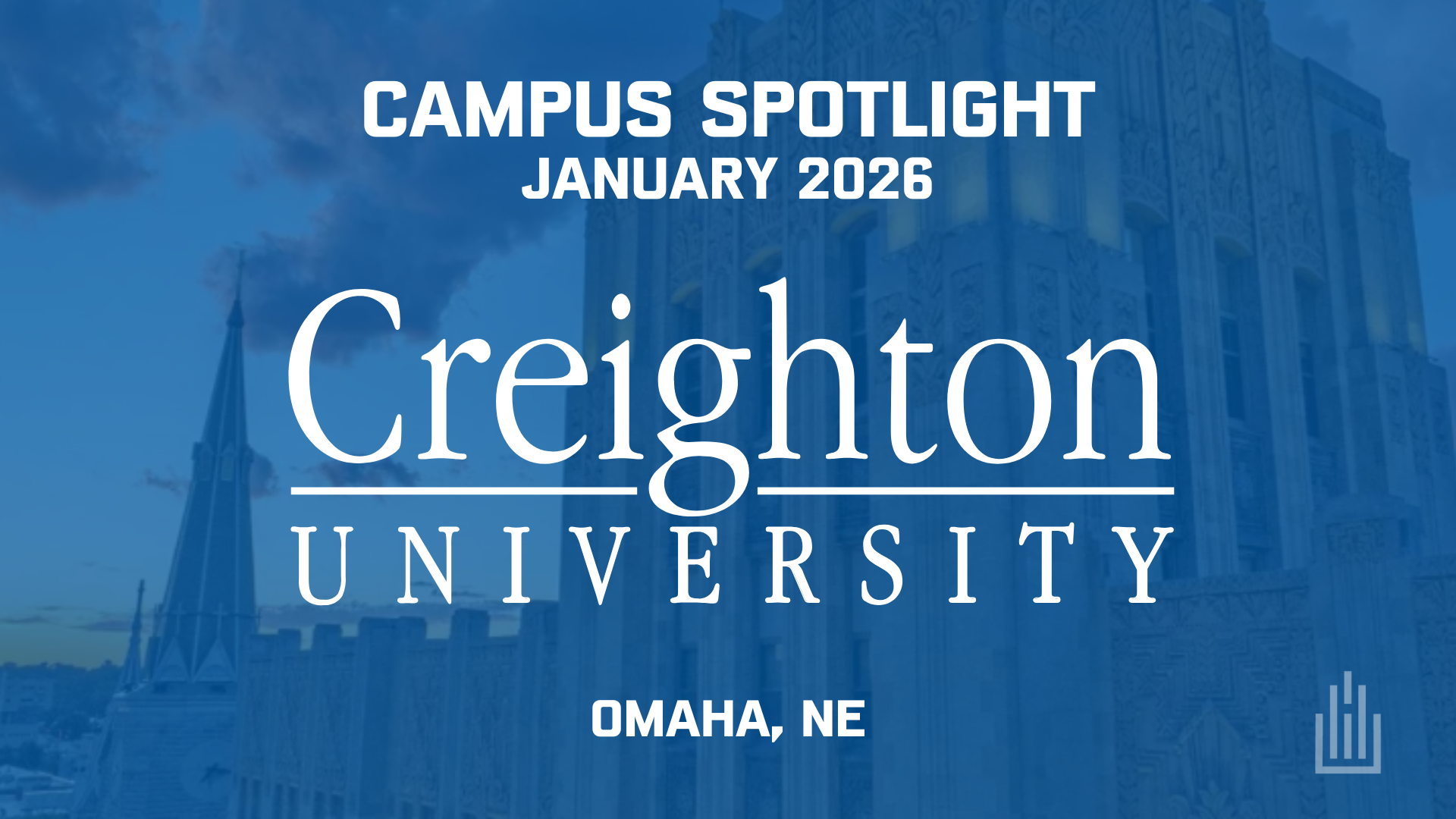How FLEXspace Helps Campuses Share Their Stories and Strategies for Socially Distanced Spaces
By Rebecca V. Frazee of FLEXspace.org, featuring an interview with Todd McMahon of the University of Central Florida
On behalf of the entire Flexible Learning Environments eXchange community, we are excited to partner with HEAV/HETMA to support those involved in the planning, design, implementation, and support of physical learning spaces in higher ed. The Flexible Learning Environments eXchange — FLEXspace.org — was launched as a collaboration between SUNY, the CSU Cal State University system, and Foothill-DeAnza Community College District in 2012, and has since grown to over 5000 members from 1400 campuses around the world. The FLEXspace portal is an open resource that houses a growing collection of user-contributed content “by educators for educators,” with detailed examples of formal and informal learning spaces ranging from multimedia studios, makerspaces, computer labs, hybrid/flexible classrooms, and huddle spaces to large exhibit spaces, simulation labs and renovated lecture halls. The FLEXspace community includes AV and IT Integrators, facilities planners/architects, faculty and academic staff, and industry partners focused on improving learning spaces in higher ed.
So, how are campuses addressing the ‘new norm’ for social distancing in learning spaces? When COVID forced us all to pause in-person instruction and seek ways to redesign learning spaces to address social distancing requirements, we turned to the FLEXspace community for insights, tips, advice and examples from the front lines.
We spoke with Todd McMahon, Assistant Director of Faculty Support in the Office of Instructional Resources (OIR) at the University of Central Florida, to share their approach. In preparation to welcome UCF faculty, staff, and students back to campus for the Fall 2020 semester, Todd’s team worked diligently to prepare classrooms for a new BlendFlex instructional model, which is “intended to offer the maximum flexibility possible to accommodate a variety of shifting scenarios without compromising UCF’s high academic quality expectations.” Below are highlights from our conversation. You can find detailed examples of several UCF spaces in FLEXspace.org.
The BlendFlex Model at UCF
According to their website, “For any typical instructional week, a class will be split into smaller cohorts that meet physical distancing requirements in the assigned space. Students are only permitted to attend one in-person class meeting per week. For example, in a class that typically has 100 students enrolled, 33 students would physically meet on Monday, 33 would meet on Wednesday, and 34 students would meet on Friday. When not in a physical class, students would “attend” the balance of the weekly instruction remotely either synchronously (live) or asynchronously (through a recorded session).”[1] See the illustration below, and visit their website for a short video about the UCF BlendFlex model.
- [1] (n.d). What Faculty Need to Know About The BlendFlex Model. Retrieved October 9, 2020, from https://digitallearning.ucf.edu/newsroom/keepteaching/blendflex-model/
Todd, thank you for agreeing to be part of our inaugural issue interview! Please share some details about how you and your team at the University of Central Florida answered the call to ready learning spaces in response to COVID.
When COVID caused UCF to suspend on-campus classes, we quickly realized that teaching was going to change. We also knew that the technology in the classrooms needed to be modified to support this change. In June we started a comprehensive spreadsheet on all the equipment installed in classrooms across multiple campuses. This was the beginning of really coming to terms with the gap between our newest classrooms and those that haven’t been upgraded for several years. We determined that the best way to modify these differently equipped classrooms would be to make them into interactive lecture capture classrooms.
What are the major changes and upgrades to these rooms?
The Office of Instructional Resources installed web cameras, microphones, and/or adjusted technology in classrooms across many UCF campuses to assist faculty in implementing the BlendFlex model for Fall 2020. Technology was added to over 320 classrooms where it didn’t already exist. We chose the following equipment and software for our interactive lecture capture rooms:
- Webcam – most monitors have built in cams but this gives an optional angle.
- PZM microphone – provides touchless audio capture with a reasonable range of movement
- Wireless lavalier – for spaces that are active learning with mobile lecterns
- 3.5mm audio cable – for spaces that have Revo wireless microphone systems to route to computer
- HDMI to USB3 Capture Device – to route the document camera to computer from DMPS Crestron system
- USB to USB mini cable – to route document camera to computer in rooms with an NVX Crestron system
- Composite to USB adaptor – to route composite in-ceiling mounted doc cams to computer
- Zoom – was a good synchronous option and many professors and students had recent experience with this software during the Spring when UCF went completely digital due to the pandemic.
- Panopto – this is the lecture capture program traditionally used on campus and some professors prefer it over Zoom. Panopto isn’t as synchronous as Zoom which limited it as an option for many. Integrating Zoom into Panopto didn’t seem necessary.
What challenges have you faced when outfitting and readying these rooms?
Our first stumble was right out of the gate. Sourcing the equipment was a challenge. Webcams were running out of stock everywhere. We were lucky enough to find and quickly order 300 webcams at a reasonable price. We also ordered the PZM microphones at the same time, but those trickled in 20 to 50 at a time. We even had trouble getting HDMI cables.
There were a couple of unforeseen difficulties with the installation overall. First, the webcam did not have a screw mount. This made placement of the webcam a bit more limited. I chose to Velcro the webcam to the top of an Elmo where possible, to give a side angle for the student online. Next was the fact that we needed USB ports for webcam, microphone, and capture device. In many classrooms there were already numerous USB devices connected so we ran out of ports. In those instances, I ran the keyboard and mouse through the rack to the front of the computer to free up two ports. In other situations, I had to add a USB hub.
How did you keep track of it all and make sure things were going smoothly?
I prepared a spreadsheet to track the installation of equipment and software. This proved invaluable as many of the early installations were not complete because we didn’t have all the equipment needed. I did a test installation with the new equipment and found that the capture device worked without the addition of a second USB powered connection. This saved a cable and a USB port, but became a problem just a couple of weeks into the semester. In every installation, we performed the same test and with only a few exceptions, everything was working fine.
So, how did it go? What were some lessons learned through all of this?
At 3:30 pm the Friday before classes started, we finished the last of nearly 380 installs. In less than 40 days from the arrival of the first pieces of equipment, we had finished. The following week, we all held our breath as classes began. All went well, at least for that week. It wasn’t until the middle of the second week we began to get ServiceNow tickets for problems related to doc cams. This is where the problem happened. The capture device was pulling too much power from the computer when combined with all the other devices. This was causing a variety of problems, the worst of which was an amber flashing computer light and an unresponsive computer. Luckily, I had ordered several dozen USB power adaptors and we were able to quickly supply USB power to the capture device from the power strip. Fortunately, this seems to have solved all the problems we were having.
What are some strategies you’re using to support faculty using these spaces?
For health and safety, UCF Facilities is providing sanitizing wipes near all classroom spaces. Instructors are encouraged to wipe down the equipment before use, and use a stylus to interact with the control touch pad to limit physical contact. To help faculty in this new BlendFlex model, the Center for Distributed Learning and the Office of Instructional Resources provided faculty development with an online, self-paced course to provide an overview of the BlendFlex model along with guides on various tools, technologies, and effective teaching practices, including things to consider when managing students in class as well as those participating synchronously at a distance. For instance, we suggest using the document camera rather than the whiteboard, position the webcam appropriately, and be mindful of the lavalier mic or wired mic to ensure the distant students have the best chance to see and hear what’s going on in the classroom.





Previous
Next
In conclusion, where can you find even more detailed learning space examples and solutions for campus social distancing?
The University of Central Florida maintains its own spreadsheet, requiring a campus login, with a complete listing of classrooms that have been equipped for BlendFlex support. Similarly, Carleton College has a website that lists room, COVID capacity, furniture, technology, layout and photos, which also requires campus login. So how can one find openly shared examples for inspiration and guidance from other campuses? That’s where FLEXspace plays an important role as a central repository for examples, planning guides, and other resources. Campuses including Notre Dame, ASU, SDSU, UCF, Carleton and others have started uploading their COVID-related examples and plans to FLEXspace, adding to the 600+ other learning space examples that have already been contributed by campuses over the past several years.

We invite you to visit FLEXspace.org and get an account, which is free to the academic community, so you can explore hundreds of learning space examples, browse curated galleries of COVID-related examples and planning toolkits, and share your resources with the community.

REBECCA V. FRAZEE, EDD
Faculty, Learning Design & Technology Program
San Diego State University
Associate Director, FLEXspace.org
Rebecca teaches in the Learning Design and Technology program at San Diego State University and is the FLEXspace.org Manager. She enjoys experimenting with new technology tools and techniques to support active learning and team collaboration in higher ed and the workplace. Rebecca is a singer and songwriter and has been having fun with asynchronous ‘socially distanced’ recording projects this year. Contact Rebecca at rfrazee@sdsu.edu, and Twitter at @rebeccafrazee.

TODD MCMAHON
Assistant Director, Faculty Support
Office of Instructional Resources
University of Central Florida
Todd enjoys all things ed tech, especially researching how new technologies can be integrated into teaching and learning to benefit both professors and their students. Todd really enjoys collaborating with faculty members to create technology solutions specific to their needs. When he is not working on classroom technology, Todd can be found making his house and automobile as “smart” as possible. He also enjoys scuba diving and traveling with his family. Twitter handle is @toddmcmahonUCF.
The Flexible Learning Environments eXchange (FLEXspace.org) is an award winning community and open digital repository for higher ed that houses a growing collection of user-contributed content “by campuses for campuses,” with detailed examples of formal and informal learning spaces ranging from multimedia studios, makerspaces, computer labs, hybrid/flexible classrooms, and huddle spaces to large exhibit spaces, simulation labs and renovated lecture halls. FLEXspace was launched in 2012 as a collaboration between SUNY, the CSU Cal State University system, and Foothill-DeAnza Community College District and has since grown to include over 5000 members from 1400 campuses around the world, with PennState joining the partnership in 2019. FLEXspace won the Campus Technology Innovators Award in 2016, and the California Higher Education (CHEC) Collaborative Conference Focus on Efficiency Award in 2018.
FLEXspace users include practitioners, experts and decision makers in higher education, K-12, libraries, and museums who are focused on campus planning and facilities, learning technology, A/V systems integration, instructional design, teaching, and research. The FLEXspace portal provides a sophisticated suite of features that enables users to document and showcase their own campus learning spaces, share research, best practices and tools for planning,









